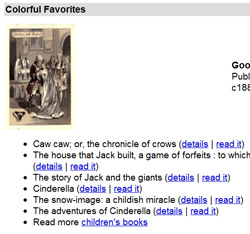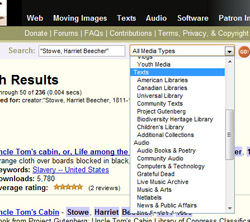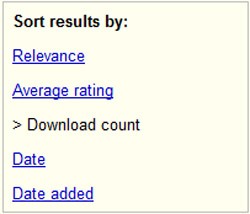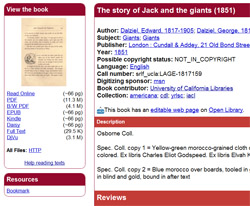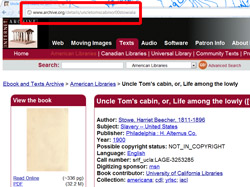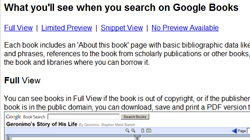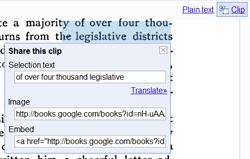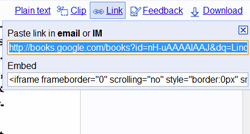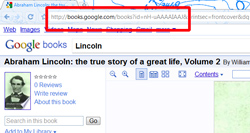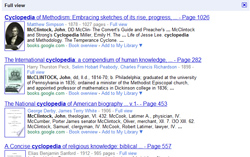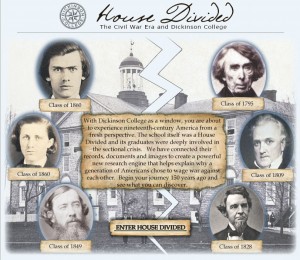
Today the New York Times states that “[their] goal is to cover the news impartially and to treat readers, news sources, advertisers and all parts of our society fairly and openly.” Newspapers in the 19th Century, however, had far different objectives.
As one reads newspaper articles posted in House Divided, it is critical to identify a paper’s partisan affiliation in order to put the article in context. Editors were rarely, if ever, independent since politicians and political parties usually provided financial support for a paper. If one were to start a new publication, it would not be unusual to solicit donations from politicians. In July 1860, Abraham Lincoln received a letter from Jole Johnson in which he asked “[Lincoln] to make some contribution to the Support of the paper.” Politicians could also dictate important editorial decisions. Joseph Medill, editor of the Chicago (IL) Tribune, asked Abraham Lincoln in June 1858 for advice on how to respond to an editorial published in the Democrat’s Chicago (IL) Times. Editors could work with politicians and their political parties to advance a particular agenda through the paper.
You can start to learn more about 19th Century newspapers from the following sources –
Menahem Blondheim, News over the Wires: The Telegraph and the Flow of Public Information in America, 1844-1897 (Cambridge: Harvard University Press, 1994).
James L. Crouthamel, Bennett’s New York Herald and the Rise of the Popular Press (Syracuse: Syracuse University Press, 1989).
Frankie Hutton, The Early Black Press in America, 1827 to 1860 (Westport, CT: Greenwood Press, 1993).
James M. Perry, A Bohemian Brigade: The Civil War Correspondents, Mostly Rough, Sometimes Ready (New York: Wiley, 2000).
Lorman Ratner and Dwight L. Teeter, Fanatics and Fire-Eaters: Newspapers and the Coming of the Civil War (Urbana: University of Illinois Press, 2003).
Dan Schiller, Objectivity and the News: The Public and the Rise of Commercial Journalism (Philadelphia: University of Pennsylvania Press, 1981).
Richard A. Schwarzlose, The Nation’s Newsbrokers. 2 vols. (Evanston: Northwestern University Press, 1989-1990).
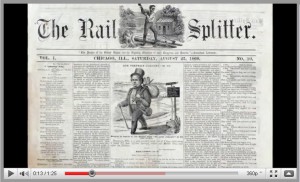 Documentaries can be a great multimedia project on a variety of subjects. There are a number of free programs available that make it relatively easy to put a video together, several of which are listed below. House Divided has created several documentaries that are online at YouTube.
Documentaries can be a great multimedia project on a variety of subjects. There are a number of free programs available that make it relatively easy to put a video together, several of which are listed below. House Divided has created several documentaries that are online at YouTube.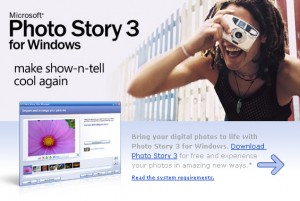
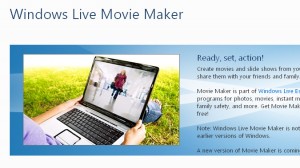 is a free program from Microsoft that requires Windows Vista or Windows 7. Learn how to create videos and use all of the features with . The of this program includes several new features, including captions that are easier to add.
is a free program from Microsoft that requires Windows Vista or Windows 7. Learn how to create videos and use all of the features with . The of this program includes several new features, including captions that are easier to add. Animoto is not a program that you download and install. After you upload content, youcan create videos online. While the basic version is free, a subscription is required to access all of the features. Teachers can avoid any fees by using Animoto for Education.
Animoto is not a program that you download and install. After you upload content, youcan create videos online. While the basic version is free, a subscription is required to access all of the features. Teachers can avoid any fees by using Animoto for Education.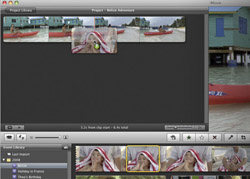 iMovieis a video editing program from Apple. This program does not work on computers with Microsofts’ Windows installed.
iMovieis a video editing program from Apple. This program does not work on computers with Microsofts’ Windows installed.




